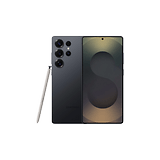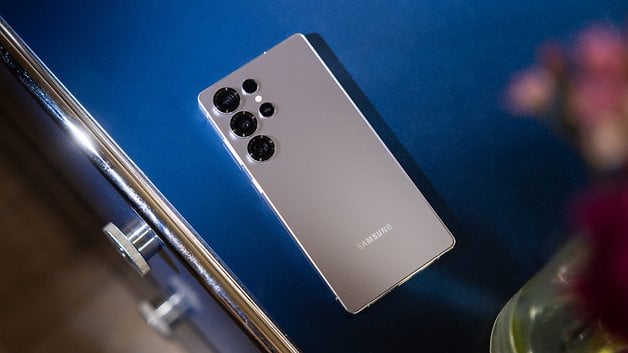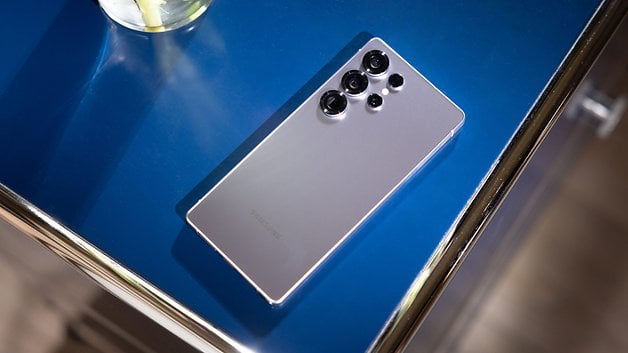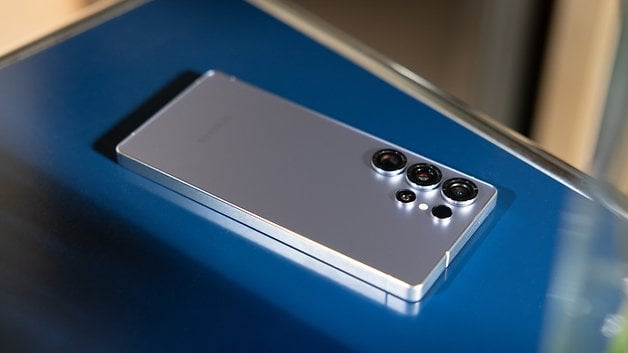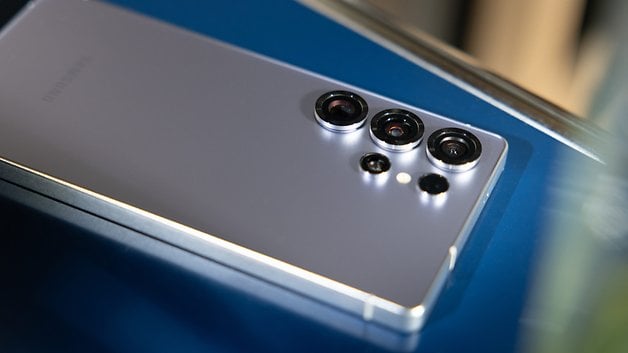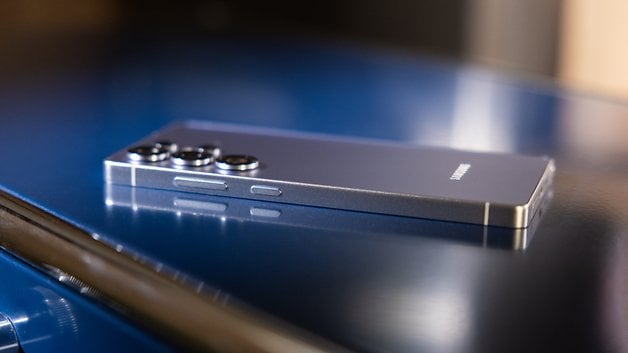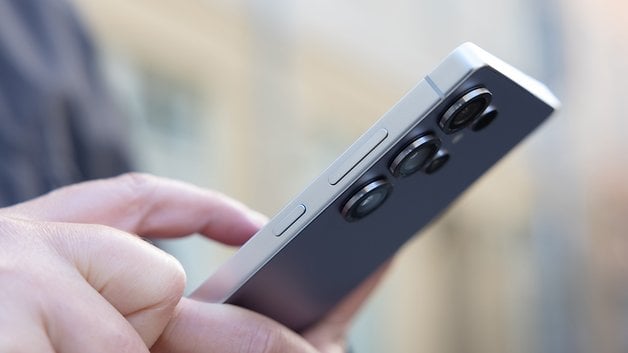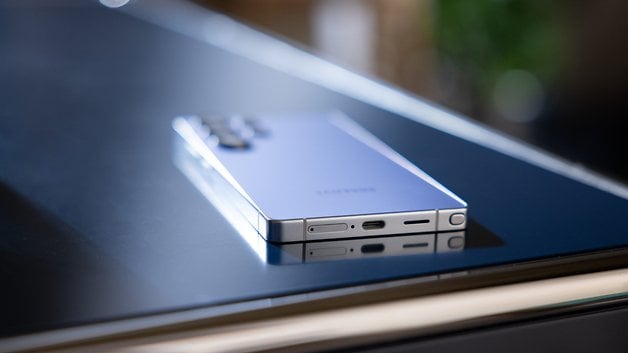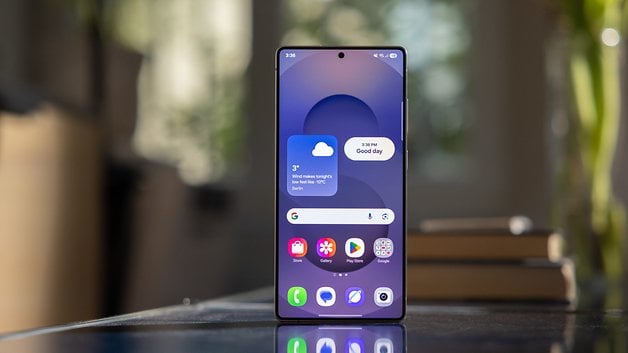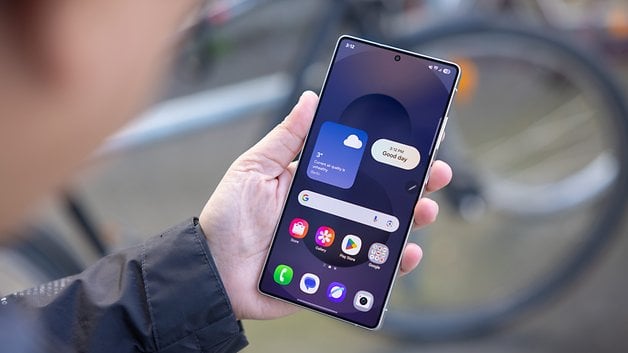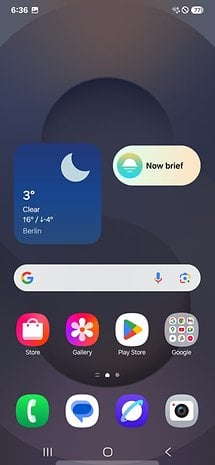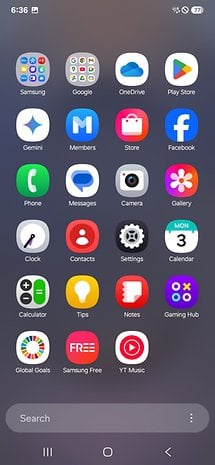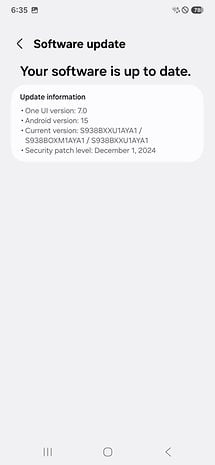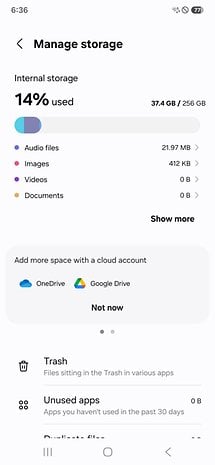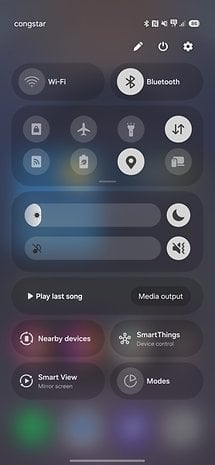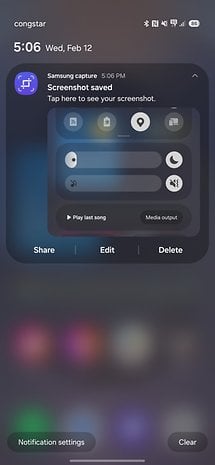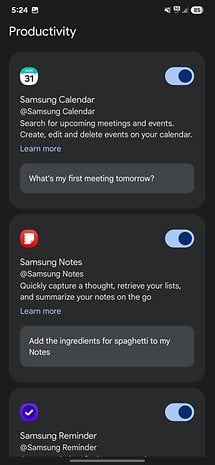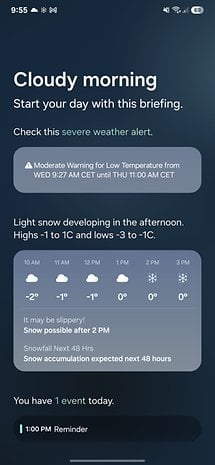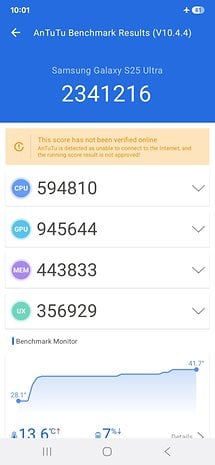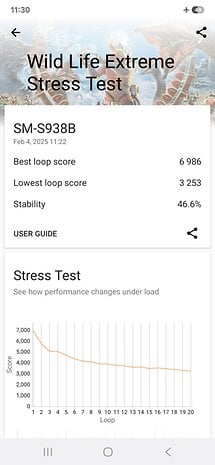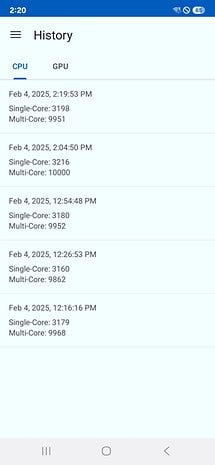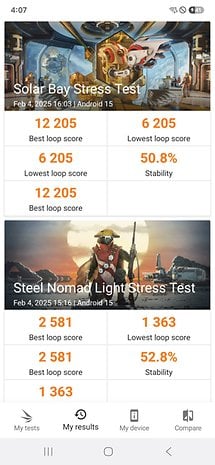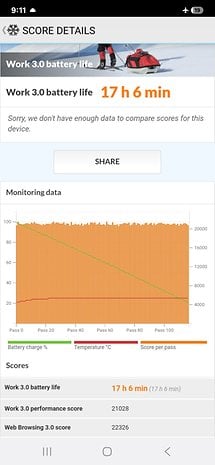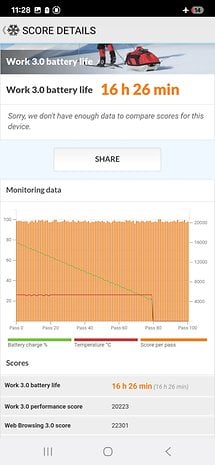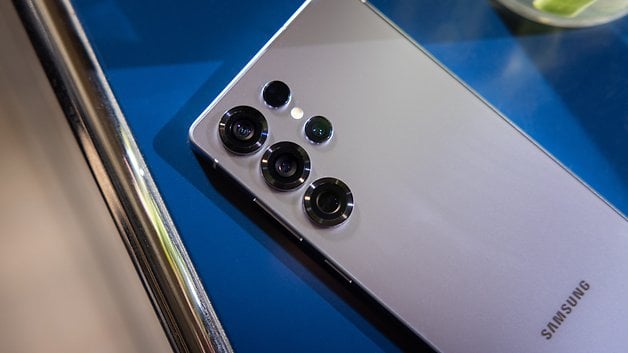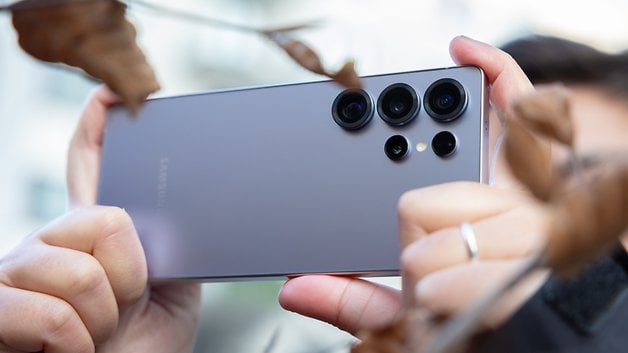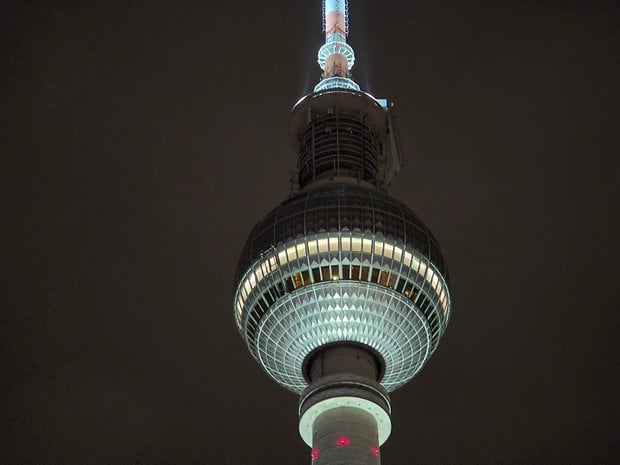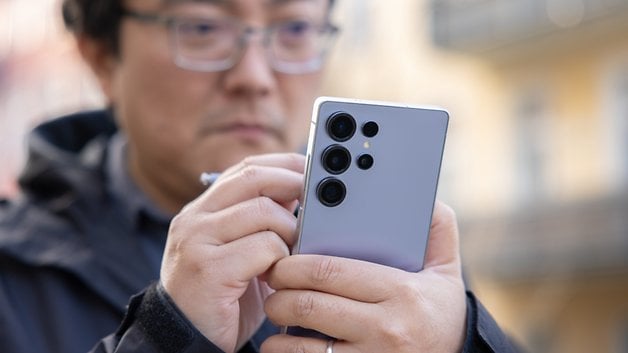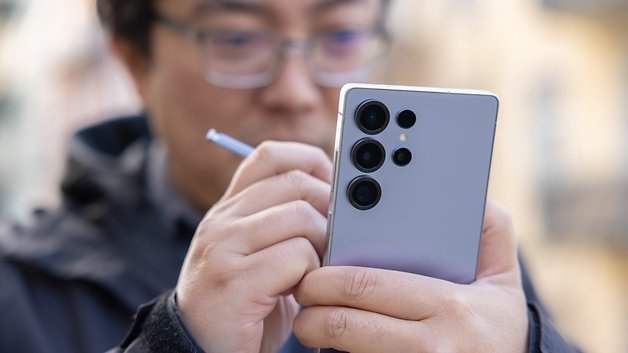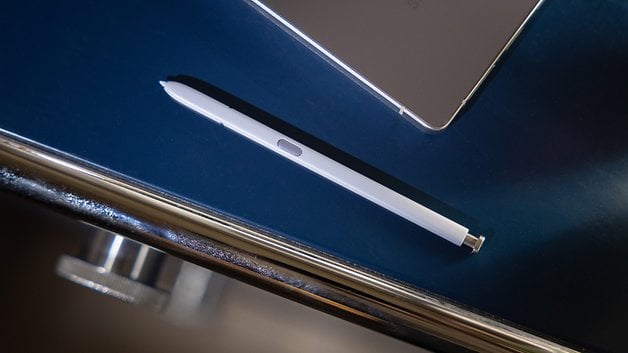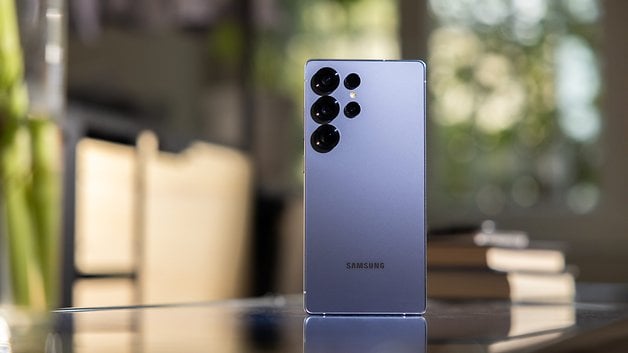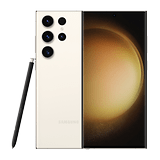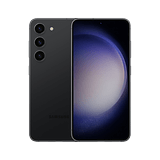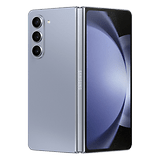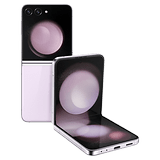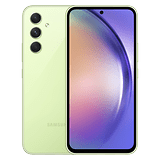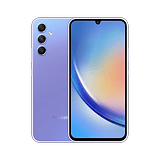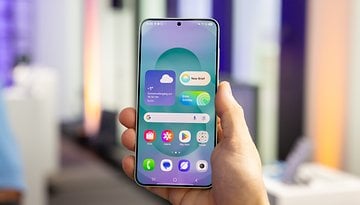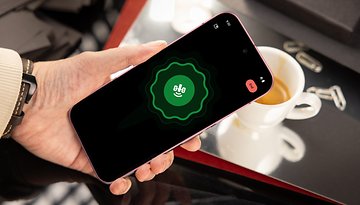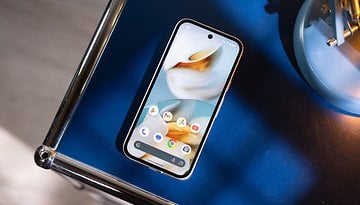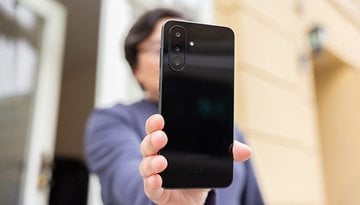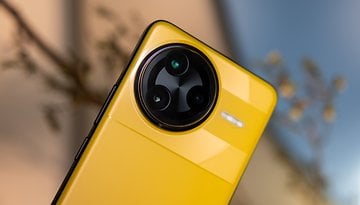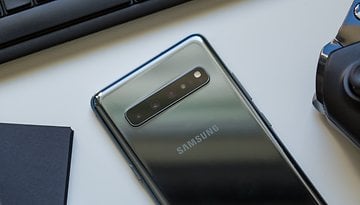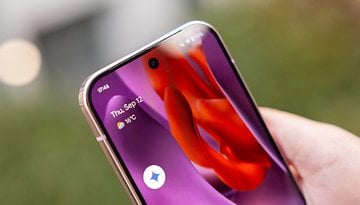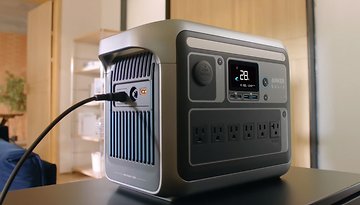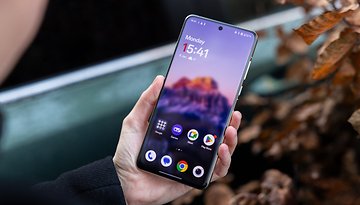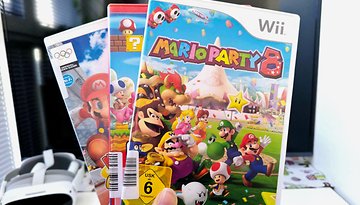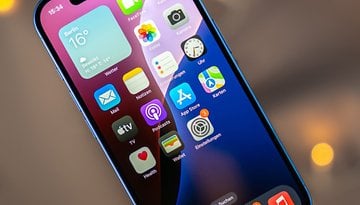Samsung Galaxy S25 Ultra Review: Slightly Less Ultra
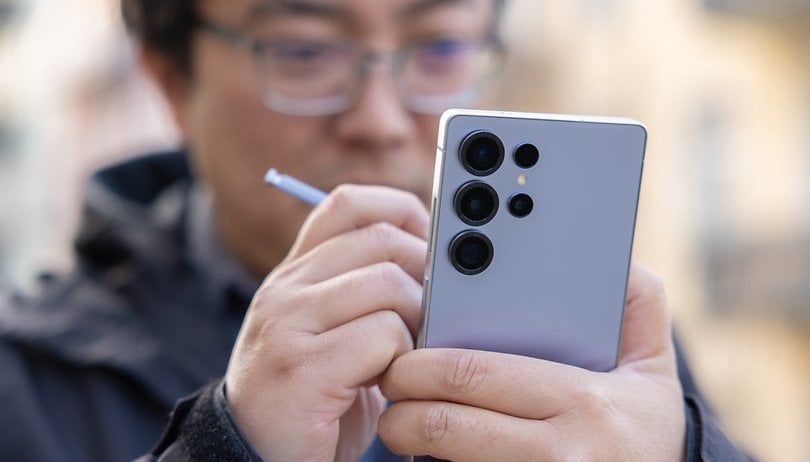

Samsung’s “Ultra” lineup of devices is known for packing all the features and tech from the brand. The Galaxy S25 Ultra is no exception, with the fastest chips, most advanced cameras, and tons of AI features, but one of the device’s highlights got downgraded this year. Keep reading to find our impressions on the flagship phone.
Good
- Good camera performance
- Great productivity features
- Industry-leading software update policy
- Excellent build quality and display
Bad
- Loss of S Pen features
- Performance lags behind other phones with the same SoC
- Relatively slow charging speeds
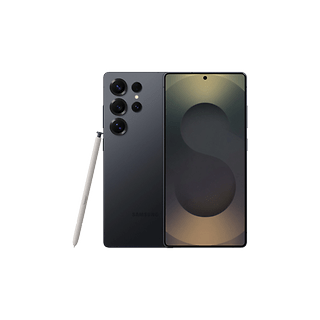
Galaxy S25 Ultra Display on a Flat Design
| Design and Build Quality | |
|---|---|
| Display |
|
| Weight |
|
| Resistance |
|
After three generations, the Galaxy S25 Ultra finally abandoned its Galaxy Note design style. The Samsung flagship features flat sides and rounded corners like its S25 siblings, adopting Samsung’s current design language.
The back design is very reminiscent of previous models, with isolated camera modules, but they now feature purely cosmetic rings outside them.
At first glance, it may seem like Samsung is trying to mimic its Chinese rivals by implying it uses larger sensors and lenses than it actually does. However, the ring is a separate piece designed to protect the lens elements rather than introducing an additional point of failure.
One point that Samsung opted not to follow its rivals is the protection rating of the Galaxy S25 Ultra. While Chinese brands started to rate their phones for the IP69 level of dust and water resistance (“9” stands for pressurized and hot water jets), the S25 Ultra keeps the IP68 rating of its predecessors.
On the front, the display is protected by a new, allegedly more resistant glass by Corning, Gorilla Armor 2. Samsung and Corning claim the new material is also more anti-reflective, but we couldn’t really notice a difference by looking at it.
Corning also advertises the new glass as surviving drops of up to 2.2 meters (ca. 7 ft), high enough for regular usage (unless you are listed in Wikipedia), instead of the usual waist-level 1 meter (3.28 ft) of traditional glass-ceramic materials. We did not test those claims, but other tests suggest the glass is not as scratch-resistant as the previous generation used in the Galaxy S24 Ultra.
The Quad-HD+ OLED panel under the glass features the same specs as the one used on the S24 Ultra: A variable refresh rate between 1 and 120 Hz for smooth animations without compromising the battery life, brightness that is more than enough for outdoor usage, with the good colors and contrast ratio levels from the OLED display.
The Galaxy S25 Ultra display is also slightly bigger, with a 6.9-inch diagonal (versus 6.8 on the S24 Ultra)–despite that, the phone is imperceptibly more compact than its predecessor because of the smaller bezels, width, and thickness. Oh, and the S25 Ultra is lighter than the S24 Ultra as well (218 grams vs. 232).
Android 15 With Seven Years of Support
| Software | |
|---|---|
| Operating system |
|
| Update Policy |
|
The Galaxy S25 Ultra comes with the latest Android version, with One UI 7 on top of it. Samsung promises seven years of software updates, both for system versions and security patches.
While past versions of One UI had incremental improvements, mimicking the rather small changes brought by Android in the past three years, One UI 7 features a few interface changes. Most notably, the notification shade was separated from the quick access buttons, similar to what iOS, HyperOS, and other Android skins are trending.
Besides that, there is the usual batch of AI-powered features on the Galaxy S25 Ultra, keeping with last year’s trend. New for 2025 is Gemini, replacing Bixby as the default smart assistant on the phone.
Gemini not only booted Bixby but also gained extensions to interact with Samsung’s native Calendar, Notes, and Reminder apps. The integration is similar to what Google already offers on its first-part apps, such as YouTube, and can be used, for example, to select an event date and set a reminder or calendar appointment.
One UI 7 on the Galaxy S25 flagships also highlights the new “Now brief” widget—on both the home and lock screens. It lists a number of AI summaries from the weather, appointments, health news, smart home, and other sources. Since we didn’t have much information to feed the AI machine, its usefulness was rather limited in our test, but your mileage may vary.
Galaxy S25 Ultra Is a Beast on a Leash
| Performance | |
|---|---|
| Processor |
|
| Memory |
|
| Storage Options |
|
| Connectivity |
|
When it comes to performance, the Galaxy S25 Ultra features once again the most powerful chip available in the Android market, the Snapdragon 8 Elite. Paired with fast memory standards, it provided more than enough performance for daily tasks. App switching, video calls, and doomscrolling performed smoothly, and only server-side tasks (like generative AI features) broke the snappiness in daily use.
Games were also no problem for the phone, with longer sessions of Grid Autosport and PUBG barely warming the phone during gameplay. Since developers tend to target mid-range phones for a broad market appeal, it is safe to assume that few games will pose a challenge to the Galaxy S25 Ultra (or any flagship phone this year, frankly).
| Galaxy S25 Ultra (Snapdragon 8 Elite) |
OnePlus 13 (Snapdragon 8 Elite) |
Xiaomi 14T Pro (Dimensity 9300) |
Galaxy S24 Ultra (Snapdragon 8 Gen 3 |
|
|---|---|---|---|---|
| AnTuTu | 2,341,216 | 2,695,676 | 2,013,101 | 1,851,716 |
| 3DMark Wild Life Extreme Stress Test | Best loop: 6986 Worst loop: 3253 Stability: 46.6% |
Best loop: 8751 Worst loop: 4410 Stability: 50.4% |
Best loop: 2983 Worst loop: 2633 Stability: 88.3% |
Best loop: 5160 Worst loop: 3013 Stability: 58.4% |
| 3DMark Steel Nomad Light Stress Test | Best loop: 2581 Worst loop: 1363 Stability: 52.8% |
- | Best loop: 1132 Worst loop: 1086 Stability: 95.4% |
|
| Geekbench 6 | Single: 3187 Multi: 9947 |
Single: 3125 Multi: 9697 |
Single: 2188 Multi: 7158 |
Single: 2252 Multi: 7107 |
To reach the limits of the processor, we had to resort to the “stress test” suite in the 3DMark benchmark test, which simulates a heavy graphics workload. In the Wild Life Extreme test, for example, the S25 Ultra fell behind the OnePlus 13 that Camila tested, and performance dropped to around half the original score after 20 runs.
Despite the sharp decline in performance, it is worth noting that the lowest score for the Snapdragon 8 Elite chip was on the same level as phones powered by the Snapdragon 8 Gen 2 chip from two years ago.
Antutu also returned lower scores for the S25 Ultra compared to the OnePlus 13, despite Samsung and Qualcomm touting a higher frequency on the S25 phones. We reran the tests and found no obvious issues, and the S25 phones don’t offer higher performance settings than the default “Standard” mode used during the test.
S25 and a Familiar Camera Set
| Camera | |
|---|---|
| Main Camera |
|
| Ultra-Wide Camera |
|
| Tele Camera(s) |
|
| Selfie Camera |
|
| Max. Video Resolution |
|
The cameras on the Samsung Galaxy S25 are mostly unchanged compared to the S24 Ultra: A main 200-MP sensor with a bright f/1.7 lens which uses pixel binning to save 12-megapixel files, a 3x zoom telephoto lens with f/2.4 aperture, a periscope telephoto for 5x zoom with a f/3.4 aperture, and a 12 MP f/2.2 selfie camera.
What is new to the Galaxy S25 Ultra is the upgraded ultrawide camera, which not only got a resolution boost from 12 to 50 megapixels (but with the same sensor size as far as we could check), but it also got a “brighter” lens with an f/1.9 aperture, which promises better low light performance.
It is worth mentioning that both the zoom lenses and the main camera are optically stabilized (OIS), while the ultra-wide and selfie are not.
Despite the far-from-ideal conditions of the German winter, we were satisfied with the resulting pictures, with good color reproduction and sharpness across the native zoom levels. We found only small differences in how the different cameras process colors, for example, even in night scenes.
Speaking of night shots, Samsung toned down the processing to avoid over-brightening images, resulting in a balanced level of brightness when using the camera’s Night mode. With low light, it is possible to notice that the secondary cameras fall behind the big main camera in terms of capturing light, which leads to slightly darker images.
Zooms up to 10x magnification can be quite good, even in some low-light situations. Beyond that, expect to see blobs of pixels with overprocessed, blurry images.
As for selfies, the results were good, with a good level of detail and no overprocessing artifacts or beauty filters. Portrait mode performed as expected, with the usual difficulties with loose hair.
One last thing hidden in the camera app’s mode selection is the Expert RAW mode, which, when selected, asks to download a separate app that can be opened through the regular camera application. Expert RAW offers a number of manual settings for advanced photographers to control shutter speed, ISO, exposure, and white balance, with the option to select between JPEG and/or RAW recordings.
Good Enough Battery Life
| Battery | |
|---|---|
| Battery Capacity |
|
| Wired Charging Speed |
|
| Wireless Charging Speed |
|
With 45 W maximum charging, the Galaxy S25 Ultra won’t win any prizes for fast charging. And once again, the required charger is not packed in the box. While charging times are nothing to tout, battery life was decent, with more than enough charge for a day of use.
The battery capacity on the S25 Ultra is the same 5000 mAh found on its predecessors. Samsung once again played safe when it comes to the battery (probably a lesson learned from the Note series?), while its rivals are adopting new chemistries and higher capacities.
| Charging | Galaxy S25 Ultra (5000 mAh | Samsung 45 W PD) |
Xiaomi 14T Pro (5000 mAh | 120W ) ["Fast" option] |
Pixel 9 Pro XL (5060 mAh | 140 W USB-PD) |
Galaxy S24+ (4900 mAh | 45 W USB-PD) |
|---|---|---|---|---|
| 10 minutes |
|
|
|
|
| 30 minutes |
|
|
|
|
| 1 hour |
|
|
|
|
| Full charge |
|
|
|
|
| PC Mark Battery test |
|
|
|
|
We used two different chargers during the S25 Ultra test. Samsung’s EP-T4510 45 W charger includes a 5 A cable and an Anker 65 W PD adapter with a 100W-rated cable. In both cases, a full charge took around 1 hour (61 and 59 minutes, respectively), even though the Samsung charger was faster in the first 30 minutes.
The Galaxy S25 Ultra is compatible with Qi wireless charging, but the magnetic attachment brought with the newer Qi2 standard is only available after buying a compatible case with the magnets. Finally, the S25 Ultra features reverse wireless charging (wireless power share).
Should You Buy the Galaxy S25 Ultra?
At $1,300, it is challenging to give a straight purchase recommendation for the Galaxy S25 Ultra. The phone is indeed the fastest Samsung phone ever released, but the performance fell slightly behind that of its competitors despite using an allegedly faster variant of the same Snapdragon chip.
One UI 7 brings some evolution after two upgrades that failed to innovate Samsung’s skin properly. However, the same changes should be arriving on previous Samsung flagships soon enough.
The Galaxy Ultra used to be the go-to recommendation for true Samsung fans, a refuge for the Galaxy Note diehards. However, even those saw a small but significant downgrade with the removal of Bluetooth connectivity from the S Pen, making the phone feel slightly less Ultra.
If you are using a Galaxy S23/S24 Ultra, we don’t believe it to be a significant upgrade unless you need extra gaming performance. And if you are not in the S Pen target market, it should be worth looking into the Galaxy S25+ instead.
Where to Buy the Galaxy S25 Ultra
In the US, the Galaxy S25 Ultra is available in three storage options: 256 GB, 512 GB, or 1 TB, with seven different color options—of which three are exclusive to the Samsung online store. Pricing starts at $ 1,299.99 (MSRP) for the model with 256 GB of storage, but similar to previous flagship launches, Samsung is doubling the storage capacity on top of the standard MSRP configuration.
The same deal can be found on some retailers such as Amazon, on top of additional deals with bonus credits, and trade-in credits. And there are several deals for signing a contract with all four major carriers.
